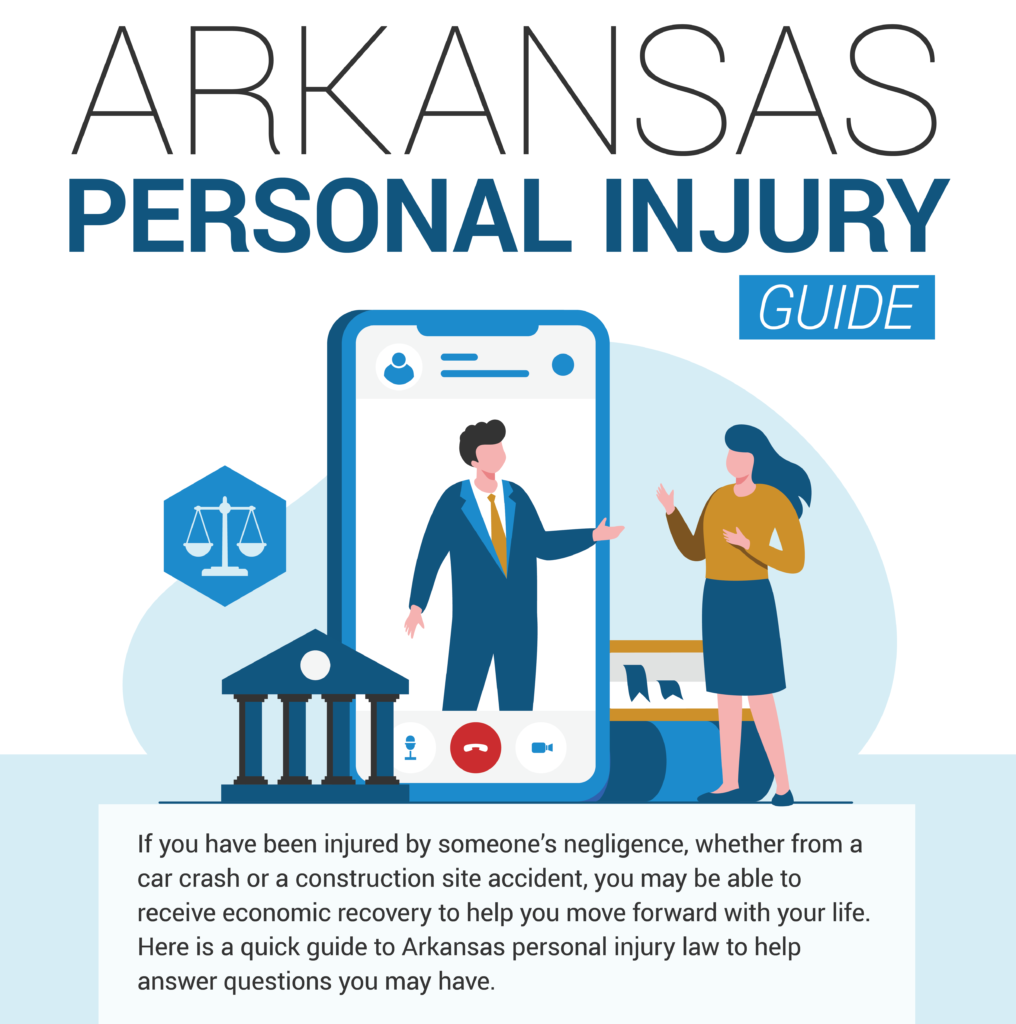Spinal Cord Injury Degenerative Spinal Disorders
No one ever wants to be in a car accident and have to deal with the various injuries they may sustain. Lives are disrupted, anxiety becomes a daily visitor, fear of being in another accident becomes an obsession, and trying to cope with physical changes in the aftermath of a crash is exhausting.
Symptoms vary for every individual and depending on the location of the affected disc or discs, there may be pain in the buttocks and thighs, neck or arm pain, numbness or tingling in the legs, and/or back pain. The pain is typically aggravated by twisting, bending, and lifting. Degenerative spinal disorders are often diagnosed according to a patient’s medical history, neurological exams, and physical examinations.
If you have degenerative spinal disorders or degenerative disc disease (DDD), you may worry you are not eligible for compensation, even if another driver caused the accident. This is not the case. At the Law Office of Jason M. Hatfield, we walk you through your legal rights, what to expect, how a case such as yours may proceed, and what your diagnosis may mean.
Types of Spinal Disorders from a Serious Car Accident
Typically, degenerative disc disease or spinal disorders manifest due to the natural process of aging. Although a spinal cord injury sustained in a car accident can inflame or provoke a condition, a sudden onset of new symptoms is cause for concern.
Sustaining injuries in a collision not only creates emotional distress, but accident victims are often left with immense physical pain. A serious crash can turn into a life-changing event for many. Common spinal disorders than can happen after a car crash include the following:
- Spondylolisthesis – the displacement of vertebral disc from the spinal column. It may be displaced forward or backward. Forward displacement is referred to as anterolisthesis. Backward displacement is referred to as retrolisthesis.
The condition is frequently preceded by spondylolysis. There are five subtypes: degenerative spondylolisthesis, dysplastic spondylolisthesis, isthmic spondylolisthesis, pathologic spondylolisthesis, and traumatic spondylolisthesis.
The two most frequent variations are dysplastic spondylolisthesis and isthmic spondylolisthesis. Symptoms include lower back pain, pain in the buttocks, and thighs, reduced range of motion in the lower back, kyphosis, and weak, painful legs or numbness from nerve compression.
- Degenerative Disc Disease – is often diagnosed using MRI scans, X-rays, and CT scans. If there is no sign of muscle weakness or nerve root compression, nonsurgical treatment options may be recommended. Surgery may be necessary if lesser treatment options do not help remedy the pain and symptoms. Surgery may involve spinal decompression, discectomy, and fusion to stabilize the spine.
Spinal decompression along with a discectomy and fusion is usually done to remove the affected disc and fuse the adjoining vertebrae to stabilize the spine. Nonsurgical treatment options such as medication, rest, exercise, and physical therapy may be recommended for people with no evidence of nerve root compression or muscle weakness.
- Kyphosis – abnormal spinal curvature causing a deformity of the upper back, also referred to as a hunchback. Mainly affects the thoracic spine, but may include the lumbar and cervical spine. It may result from traumatic injuries, disc degeneration, arthritis, osteoporotic fractures, spinal infections, and possible malignancies.
There are several types of adult kyphosis: congenital kyphosis, degenerative kyphosis, post-traumatic kyphosis, post-surgical kyphosis, postural kyphosis, and Scheuermann’s kyphosis.
- Lumbar Spinal Stenosis – between the vertebrae are spinal facet joints and intervertebral discs. Aging means discs are less spongy, bulging, and hardening. Changes can result in the narrowing of the lumbar spinal canal or spinal stenosis.
Symptoms may include cramping or numb legs with or without back pain. Maybe a weakness in the legs. Discomfort may intensify by prolonged walking or standing.
Other Types of Spinal Cord Problems That Can Occur After a Serious Arkansas Accident
- Disc Herniation – each vertebra is connected by gelatinous-filled discs that cushion the vertebrae along the spinal column. A disc becomes herniated when all or some of the gel breaks through a weakened disc section.
Most herniations are in the lower back and can cause tingling and pain. Being involved in a car accident can result in aggravating this condition. Symptoms may include deep pain in or over shoulder blades, muscle spasms in the neck, neck pain, severe lower back pain, and arm muscle weakness.
- Spinal Fractures – fractures happen when the vertebral body of the spine is compressed or squeezed. This limits mobility and results in pain, spinal deformities, and loss of height.
Fractures may be the result of a tumor, osteoporosis, or trauma. Symptoms include severe back pain, weakness, numbness, and limited spinal mobility. Often diagnosed via MRI scan, X-rays, and/or bone scan.
- Radiculopathy – neurological issues resulting from pressure on nerves and the spinal cord, such as weakness, pain, and numbness. Cervical radiculopathy is the dysfunction of an injured or compressed spinal nerve root in the neck.
Causes may include degenerative spondylolisthesis, degenerative disc disease, and spinal stenosis. Being in a collision can exacerbate these symptoms.
- Sacroiliac Joint Pain/Dysfunction – the sacroiliac joint is a shock-absorbing structure and if it is injured can result in a twisted pelvis, different leg lengths, arthritis, ankylosing spondylitis, lower back pain, radiating pain in the buttocks, thighs, lower back.
The condition may cause limping, limited range of motion, and psoriasis. It is difficult to diagnose as it is a good mimic of herniated disc issues, sciatica, and other lower back pain issues. Treatment may start on the conservative side, but may also include surgery.
What You Need to Know About Pre-existing Conditions and Car Accidents
It is important to know that if you have a pre-existing or degenerative health issue, it may be aggravated by being in a motor vehicle accident. In the aftermath of a car accident, insurance companies are famous for attempting to deny or reduce claims made by accident survivors with pre-existing health issues.
The argument most used by insurance companies is that the crash had nothing to do with the survivor’s health problems and that the issues were there in the first place. The law sides with survivors whose existing conditions were inflamed by being in a car crash.
In Arkansas, courts have held that pre-existing conditions, which include back issues, qualify a crash survivor as an “eggshell plaintiff.” The Eggshell Plaintiff doctrine says a negligent defendant takes the survivor as they are found, even a survivor that is as delicate as an eggshell.
Whether the survivor recovers quickly or slowly, the defendant is responsible for all injuries caused by an accident. Accident survivors do not choose to be in a vehicle crash whether or not they have pre-existing conditions. The survivor is entitled to compensation for their injuries.
Contact the Fort Smith Law Office of Jason M. Hatfield Today
If you were involved in a Fort Smith car crash and sustained a spinal cord injury, call the Law Office of Jason M. Hatfield at (479) 361-3575. Our dedicated team of Fort Smith spinal cord injury degenerative spinal disorder attorneys is here to help.
Call us today for a free initial consultation and to find out what you can expect should you file a personal injury lawsuit. We know you have questions, and we can answer them for you. The Law Office of Jason M. Hatfield is just one quick call away: (479) 361-3575.



